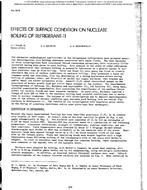-
-
Available Formats
- Options
- Availability
- Priced From ( in USD )
-
Available Formats
-
- Immediate download
-
$16.00Members pay $7.00
- Add to Cart
Customers Who Bought This Also Bought
-
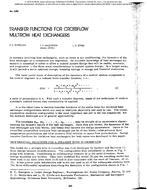
BO-2380 -- Transfer Functions for Crossflow Multirow Heat...
Priced From $16.00 -
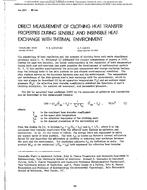
BO-2371(RP 144) -- Direct Measurement of Clothing Heat Tr...
Priced From $16.00 -
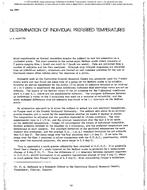
BO-2366 -- Determination of Individual Preferred Temperat...
Priced From $16.00 -
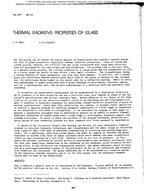
BO-2377(RP 114) -- Thermal Radiative Properties of Glass
Priced From $16.00
About This Item
Full Description
The extensive technological applications of the halogenated refrigerants have prompted numerous investigations into boiling phenomena associated with these fluids. The vast majority of these investigation~ have considered forced convection situat~ons, with relatively little attention having been given to pool boiling. Data amassed in the study of other substances have demonstrated that nucleate boiling is generally influenced to a greater extent by surface condition than is film boiling. Corty and Foust (1) were among the first to clearly elucidate the role of surface conditions in nucleate boiling. They presented a vapor entrapment model and concluded, from the observation of a strong hysteresis effect during boiling of pentane, ether, and Freon-113 at nickel and copper surfaces, that trapped gas and/or vapor can become nucleation sites,· Bankoff (2,3) added theoretical weight to the postulate of bubble growth from gas and/or vapor trapped at the surface. The experimental investigations of Berenson (4), Danilova and Kupriyanova (5), and Danilova (6), among many, provided quantitative experimental data concerning the significance of the surface finish effect for various fluids and heat transfer surfaces. In particular, Berenson reported a change of from 500 to 600% in the nucleate boiling heat transfer coefficient due to variation in surface roughness. The purpose of this investigation was to explore experimentally some of the effects of surface condition upon nucleate pool boiling from horizontal flat surfaces in Refrigerant-11. The results of the investigation will hopefully prove useful in the design of quenching operations and/or some plate-type heat exchangers.
